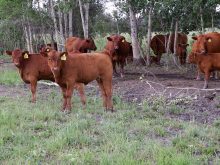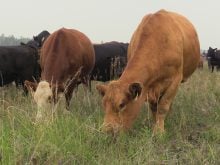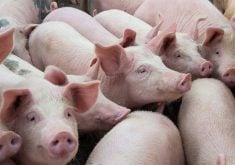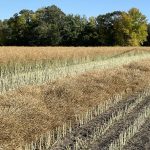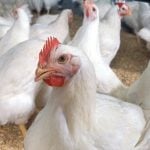Northern Alberta livestock producers hope a new mobile abattoir will give them more opportunities to sell their livestock.
The Municipal District of Big Lake bought the 53 foot mobile abattoir from Olds College, but it would like to sell it to local producers who could form a traditional co-operative or a new generation co-op.
“Every producer in the area could benefit from it,” said Eric Verstappen of High Prairie, Alta., who spearheaded the purchase of the mobile slaughter facility.
Olds spent $300,000 in government money to build the trailer, but sold it to the municipal district for $70,500.
Read Also
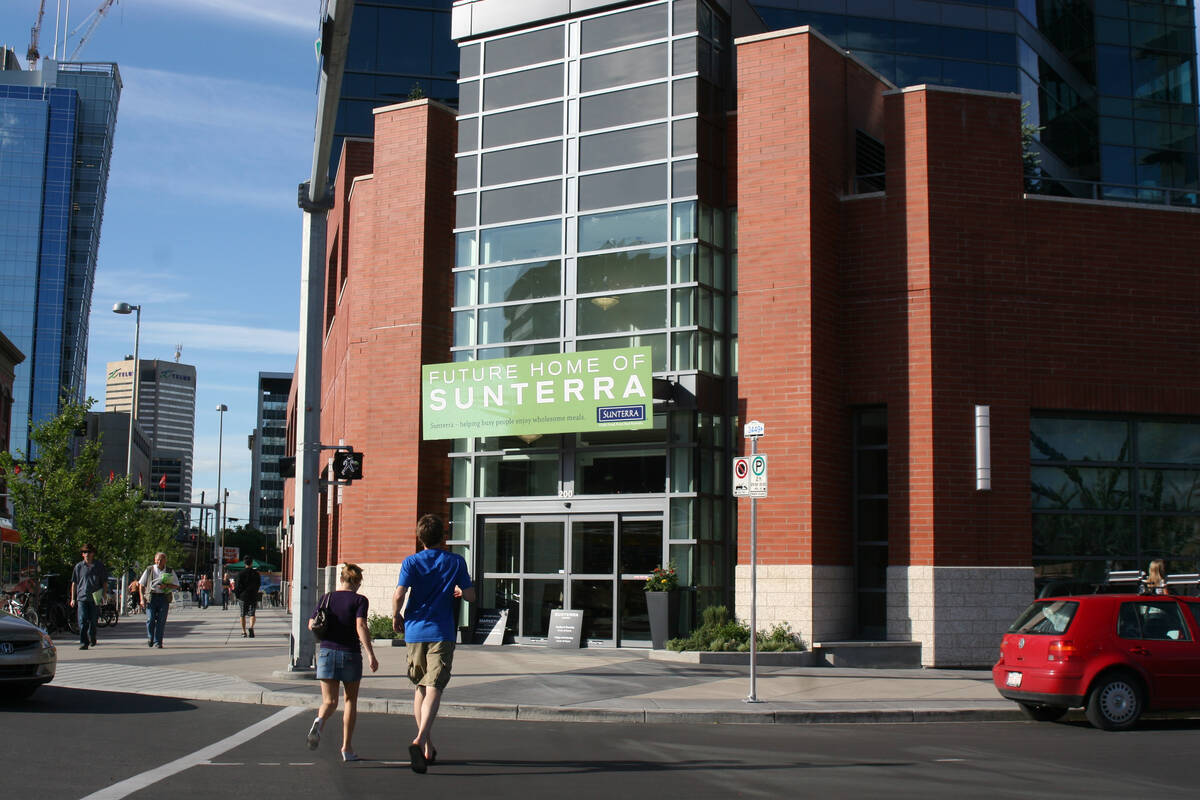
Sunterra companies continue restructuring under court protection
Claims against Sunterra Group have now been filed as the Alberta-based companies continue operating under the Companies’ Creditors Arrangement Act.
The district’s offer was the only one that the college received.
Olds will use the money to fund its meat processing program.
Program co-ordinator Brad McLeod said the mobile facility makes sense in northern Alberta, where few slaughter facilities exist. The closest provincial slaughter facilities to High Prairie are more than 100 kilometres away at Wanham and Grande Prairie.
“It had to go somewhere where there is no service,” said McLeod.
It costs $100 to slaughter an animal at a traditional facility and $200 in the mobile facility. The facility starts to make sense financially because the costs of hauling an animal to a traditional facility are eliminated, he added.
Forty producers attended an information meeting about the mobile abattoir when it was delivered to High Prairie July 20. A six-member committee will investigate the traditional new generation co-op options.
Verstappen believes the mobile abattoir will be a significant boost to northern Alberta producers, who will now be able to add more value to their animals.
“I’m interested in knowing how to cut up my animals and make more money out of them,” he said.
“People in the Peace can’t buy my lambs because I have no place to slaughter them.”
Sheep, bison, beef and hog producers have shown interest in the facility, said Verstappen, who hopes the first slaughter can happen by September.
Sherry Poole, the municipal district’s economic development officer, said the mobile slaughter plant eliminates one more barrier for northern Alberta producers.
“It was too amazing an opportunity to miss,” she said. “The spillover benefits will go to all of northern Alberta.”
Poole said she will help the group with the paperwork required to form a co-op and apply for grants.
McLeod said Olds College was part of a government design team that helped design, manage and test the red meat trailer. The biggest challenge in its design was getting the slaughter facility to pass provincial government inspection. It is not federally licensed.
The mobile abattoir is not without its challenges.
Slaughtering in cold weather can be a problem, and road regulations that limit the width of the trailer leaves little extra space for more than an animal and a couple of workers.
About 250 animals of all species were slaughtered in the trailer during the testing phase to show its versatility for multi species slaughter.
———
subscriber section=livestock, none, none





